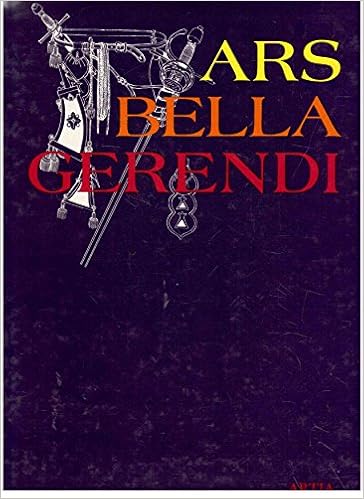Reply To: In the library, col mustard with the……
Home › Forums › General Discussion › In the library, col mustard with the…… › Reply To: In the library, col mustard with the……
Very good thread idea there.
As for your suggestions, I think it’s always well worth it going for literature which isn’t originally from the UK or the US.
Here’s some suggestions from me:
A while ago I got into Napoleonics. As we all know it’s a period which one can read about for decades and still only scratch the surface, simply because there’s so many sources, so much to know, so much detail. For getting into the going-ons of the French army I suggest “Swords around a Throne” by John Elting.

It’s a hefty tome, with each chapter covering another aspect of the French army of the time. From the marshalls over general officer stuff, the Guard, the cavalry, infantry, artillery, military police, supply, recruitment, training and so on up to Napoleon himself and how he travelled; it’s all there. Due to what the book covers of course it doesn’t go into detail about every little regiment and such, but for getting an overview and for deepening one’s understanding of the army of the time I think it’s hard to surpass this one. If you’re in any way interested in the Grande Armée I think it’s one of the first books to get.
Now for a longer-standing passion period of mine, the Thirty Years War.
I strongly suggest “Ars Bella Gerendi” by Eduard Wagner

a.k.a. “European Weapons and Warfare 1618 – 1648“. It’s not your jump-off point kind of literature on the period, but rather an illustrated guidebook about armies of the time. And this is where this volume shines – there’s a ton of illustrations in there, covering stuff like how cannons were made and transported, horse training, pike and musket drill, siege theory, all of that good stuff. It’s a great supplement to all the other books out there. We know a lot of how politics played out and where armies moved when, but, especially to wargamers, the way HOW armies were moved around is more interesting, along with all the ‘small stuff’ like how horses were fed and all of that helps getting a feel for warfare of the time.
